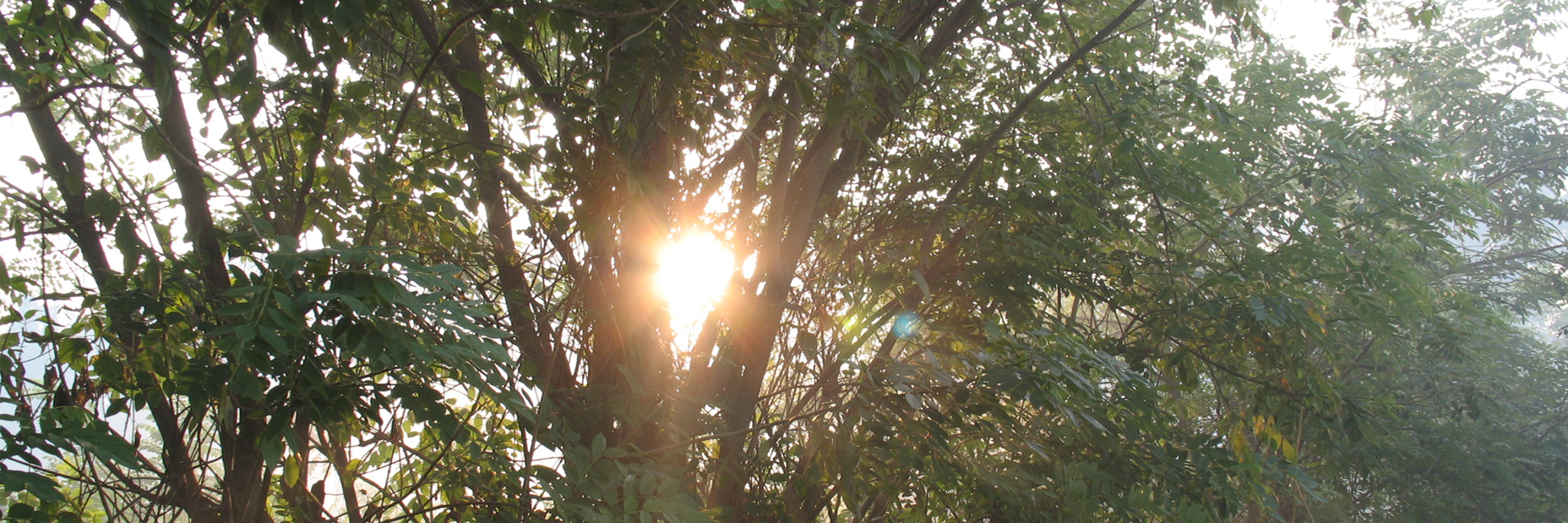History
This festival is celebrated to mark the start of Uttarayana and to pay tribute to Soorya (the Sun) for the grace of his energy that has enabled life and food on earth.

Sankranti literally means movement; the transmigration of the Sun from one Raashi (zodiac) to another. There are 12 such Sankrantis in a year. But the festival is celebrated only on Makara Sankranti, i.e. the transition of the Sun from Dhanu Raashi (Sagittarius zodiac) to Makara Raashi (Capricorn zodiac). From this day the Sun begins his journey from Dakshinayana (south) to Uttarayana (north). The festival is dedicated to the Sun god and is celebrated in Pushya masa. For Tithi we look in Panchanga as it varies. As per Gregorian calendar the festival falls on 14th January or 15th January. (Sometimes when the Sun enters Makar Raashi only in the evening hours, it is celebrated on January 15, when the sun will rise in Capricorn.)
This festival is celebrated to mark the start of Uttarayana and to pay tribute to Soorya (the Sun) for the grace of his energy that has enabled life and food on earth.
The festival is celebrated with a lot of fervor and excitement. Houses are cleaned, and the entrance is decorated with mango leaves torana and rangolis. Festive dishes are prepared. We offer prayers to the Soorya (the Sun) by chanting Gayatri mantra and doing Argya (offering water to the Sun). Pooja and Aarati are performed offering a special Naivedya to god. Ellu Bella (Sesame seeds mixed with Jaggery) is exchanged with family members.
In the evening we visit neighbors, relatives, and friends and exchange Ellu Bella. When exchanging Ellu Bella we say ellu bella tind ollollle matadu. That means, eat the sweet made of sesame seeds and speak sweet words. In short, "take sweet and talk sweet." It implies that we should forget any differences and live harmoniously together.
We also have the tradition of kite flying. In fact, the kite flying starts few days before Sankranti and continues for many days after Sankranti festival.
